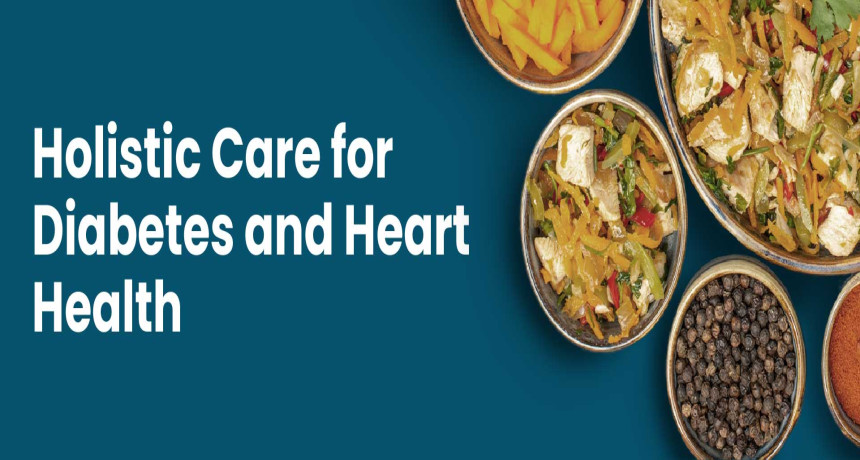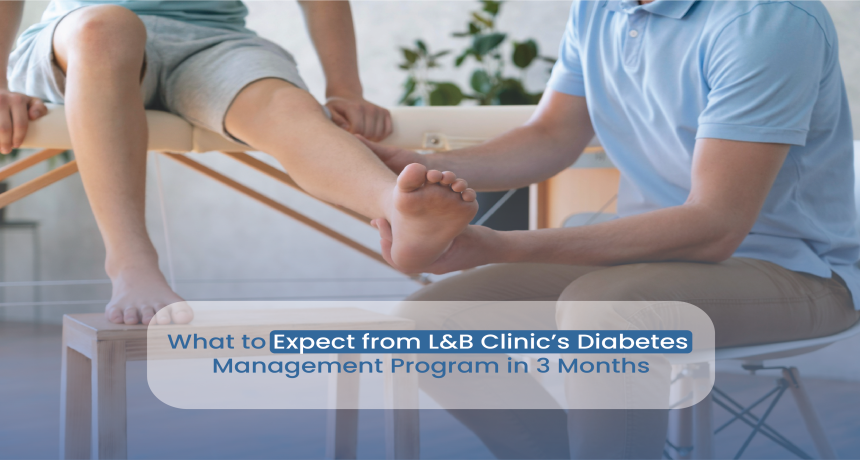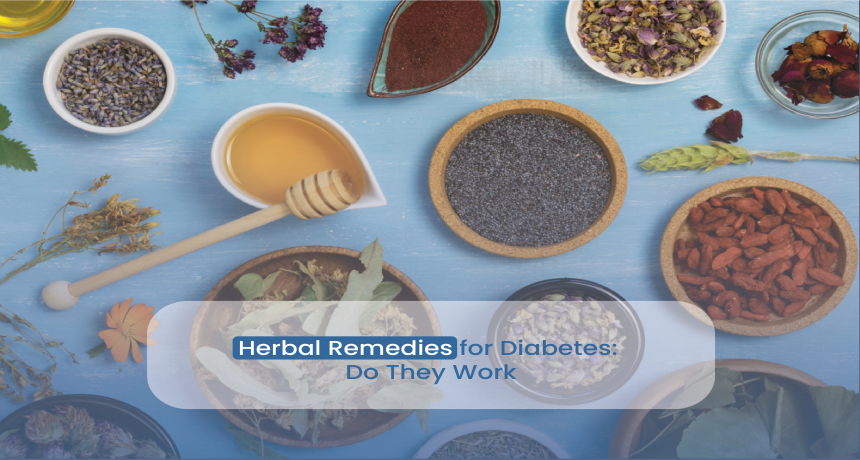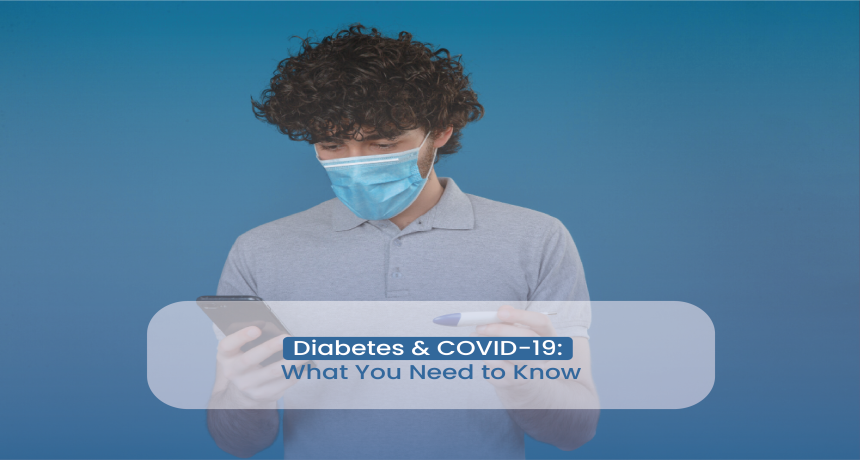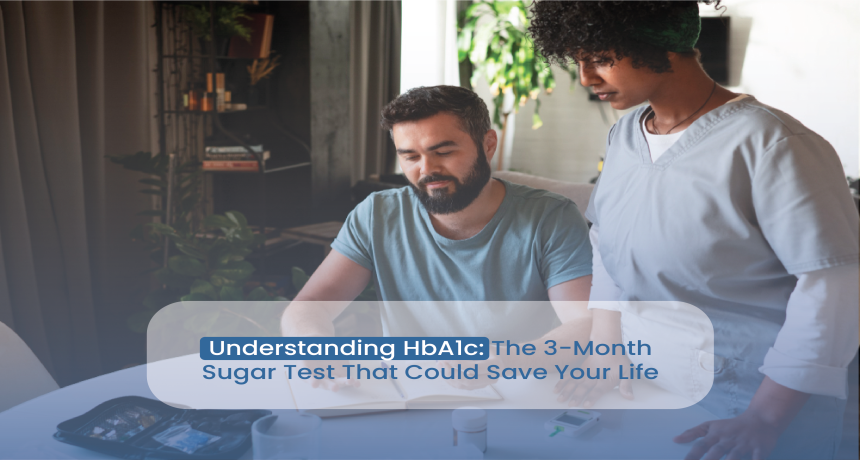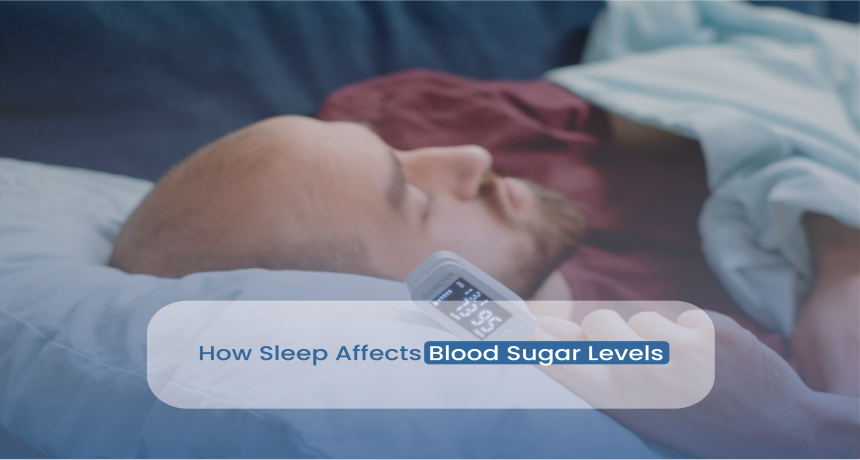Understanding Grade 1 Fatty Liver: What You Need to Know
2025-04-02 Fatty liver disease, also known as hepatic steatosis, has become increasingly common worldwide. When diagnosed with Grade 1 fatty liver, many patients feel concerned but aren't sure exactly what it means for their health. This comprehensive guide explains what Grade 1 fatty liver is, its causes, symptoms, potential complications, and most importantly, how you can manage and potentially reverse this condition. Fatty liver disease occurs when excess fat accumulates in the liver cells. When fat makes up more than 5% of the liver's weight, it's classified as fatty liver disease. Doctors classify fatty liver into four grades (0–3): Grade 0: Normal liver with minimal or no fatty accumulation Grade 1: Mild fatty infiltration (5-33% of liver cells contain fat) Grade 2: Moderate fatty infiltration (34-66% of liver cells contain fat) Grade 3: Severe fatty infiltration (more than 66% of liver cells contain fat) Grade 1 fatty liver is the earliest stage, where 5–33% of liver cells contain fat. It is usually reversible with lifestyle changes. This is considered mild fatty infiltration of the liver There are two main types of fatty liver disease: Non-alcoholic Fatty Liver Disease (NAFLD): Not related to alcohol consumption Alcoholic Fatty Liver Disease (AFLD): Caused by excessive alcohol consumption Grade 1 classification can occur in either type. Several factors can contribute to the development of Grade 1 fatty liver: Obesity: Excess body weight is strongly associated with fatty liver Insulin resistance and Type 2 diabetes: Affect how the body processes fats High blood cholesterol and triglycerides: Lead to fat accumulation in the liver Metabolic syndrome: A cluster of conditions including high blood pressure, high blood sugar, excess body fat, and abnormal cholesterol levels Rapid weight loss: Paradoxically, losing weight too quickly can temporarily increase liver fat Certain medications: Including corticosteroids, tetracycline, and methotrexate Genetic factors: Family history may play a role Regular excessive alcohol consumption: Even moderate but consistent alcohol use can lead to fat accumulation in the liver One of the challenges with Grade 1 fatty liver is that it typically doesn't cause noticeable symptoms. Most people discover they have the condition during routine medical tests or examinations for other conditions. When symptoms do occur, they may include: Fatigue Mild discomfort in the upper right abdomen A feeling of fullness General malaise Because symptoms are often absent or mild, Grade 1 fatty liver is sometimes called a "silent disease." Grade 1 fatty liver is typically diagnosed through: Blood tests: To check liver enzymes (ALT and AST) and rule out other liver conditions Imaging tests: Ultrasound, CT scan, or MRI to visualize fat in the liver Liver biopsy: Not usually necessary for Grade 1 but may be performed in some cases to confirm the diagnosis and rule out other conditions While Grade 1 fatty liver is mild, if left untreated, it can potentially progress to: Grade 2 or 3 fatty liver: More severe fat accumulation Non-alcoholic steatohepatitis (NASH): Fatty liver with inflammation Fibrosis: Scarring of the liver Cirrhosis: Severe scarring that impairs liver function Liver cancer: In rare cases The good news is that Grade 1 fatty liver is often reversible with lifestyle changes [Harvard Health]. The cornerstone of treating Grade 1 fatty liver involves: Weight loss: Even losing 5-10% of body weight can significantly reduce liver fat Dietary changes: Reduce intake of refined carbohydrates and sugars Limit saturated fats Increase consumption of fruits, vegetables, whole grains, and lean proteins Consider a Mediterranean diet (shown to improve liver health in studies) Regular exercise: Aim for at least 150 minutes of moderate exercise for fatty liver per week Avoiding alcohol: Completely for alcoholic fatty liver; limited consumption for non-alcoholic fatty liver Managing underlying conditions: Control diabetes, hypertension, and cholesterol Currently, no medications are specifically approved for treating fatty liver disease. However, your doctor might recommend: Medications to control cholesterol and triglycerides Diabetes medications that may indirectly help reduce liver fat Vitamin E in some cases (usually for more advanced stages) Regular follow-up with your healthcare provider is essential. This typically involves: Periodic liver function tests Follow-up imaging to assess improvement Monitoring weight and other metabolic parameters To prevent fatty liver disease or its progression: Maintain a healthy weight Eat a balanced diet rich in fruits, vegetables, and whole grains Exercise regularly Limit alcohol consumption Control diabetes and other metabolic conditions Avoid unnecessary medications that may affect the liver Consult your healthcare provider if you: Have risk factors for fatty liver disease Experience persistent fatigue or discomfort in the upper right abdomen Have abnormal liver function tests Were previously diagnosed with fatty liver and notice worsening symptoms Grade 1 fatty liver represents the earliest, mildest form of fatty liver disease. At this stage, the condition is typically reversible with appropriate lifestyle changes. Understanding your diagnosis and taking proactive steps can prevent progression to more serious liver conditions. Remember that each person's situation is unique, so it's important to work closely with your healthcare provider to develop a personalized management plan. With guidance from the best liver doctor in Delhi and a commitment to healthier lifestyle choices, most people with Grade 1 fatty liver can improve their liver health and overall wellbeing. Disclaimer: This article is for informational purposes only and does not constitute medical advice. Always consult with a qualified healthcare provider for diagnosis and treatment. 1. Can Grade 1 fatty liver be cured? 2. How long does it take to reverse Grade 1 fatty liver? 3. Is Grade 1 fatty liver dangerous? 4. What foods should be avoided in Grade 1 fatty liver?What is Grade 1 Fatty Liver?
Types of Fatty Liver Disease
Causes of Fatty Liver Grade 1
Non-alcoholic causes:
Alcoholic causes:
Grade 1 Fatty Liver Symptoms

Diagnosis
Potential Complications if Left Untreated
Fatty Liver Grade 1 Treatment and Management
Lifestyle Modifications
Medications
Monitoring Your Condition
Prevention Strategies
When to See a Doctor
Conclusion
FAQs About Grade 1 Fatty Liver
Yes, in most cases it is reversible with weight loss, diet changes, and exercise.
Many patients see improvement within 6 months of lifestyle changes, though results vary.
It is mild, but ignoring it can lead to NASH, fibrosis, or cirrhosis. Early treatment prevents complications.
Sugary drinks, fried foods, processed meats, and refined carbs should be minimized.
.png)

